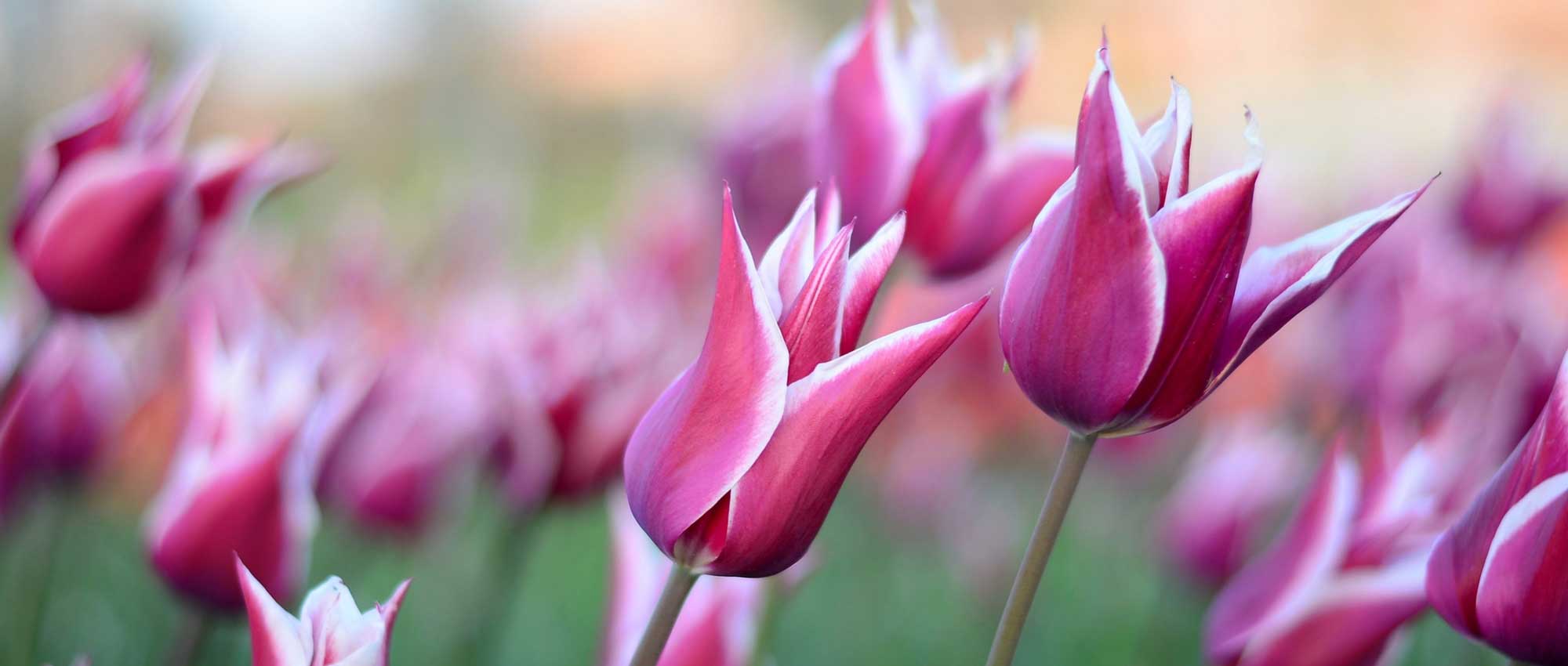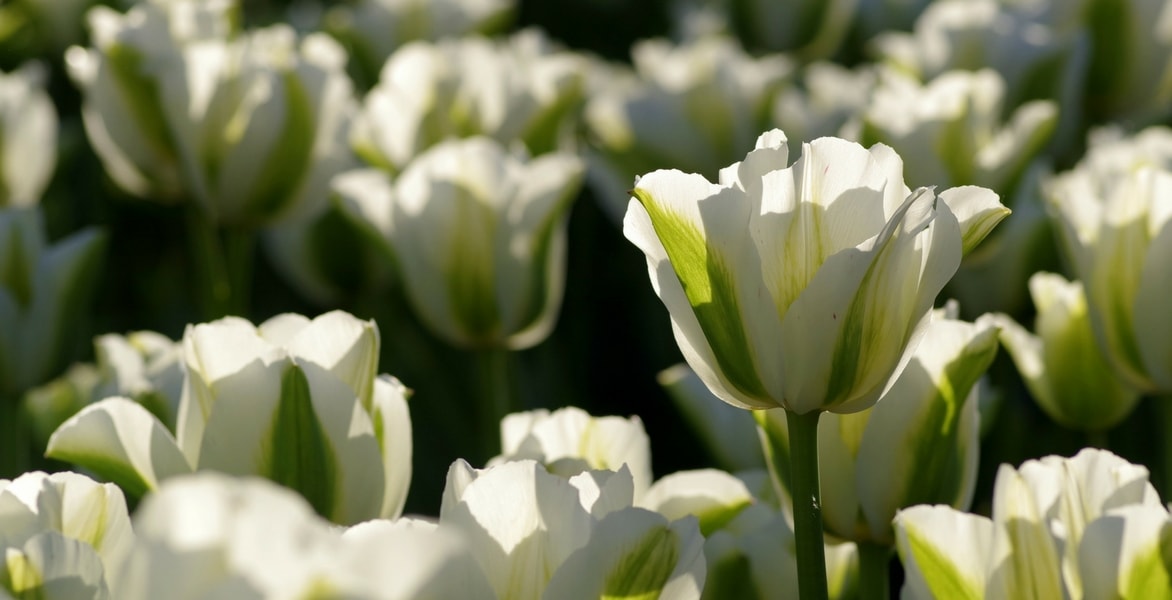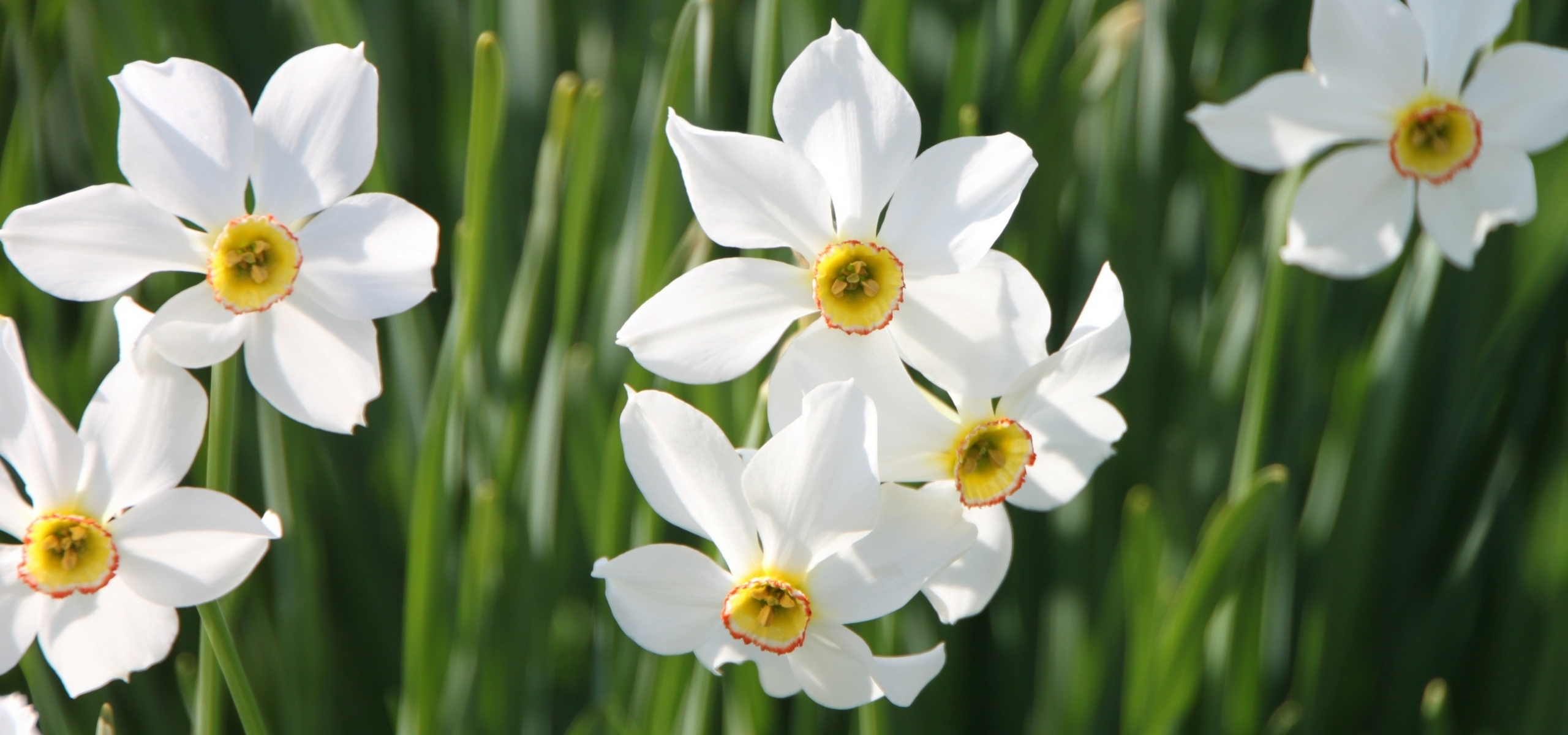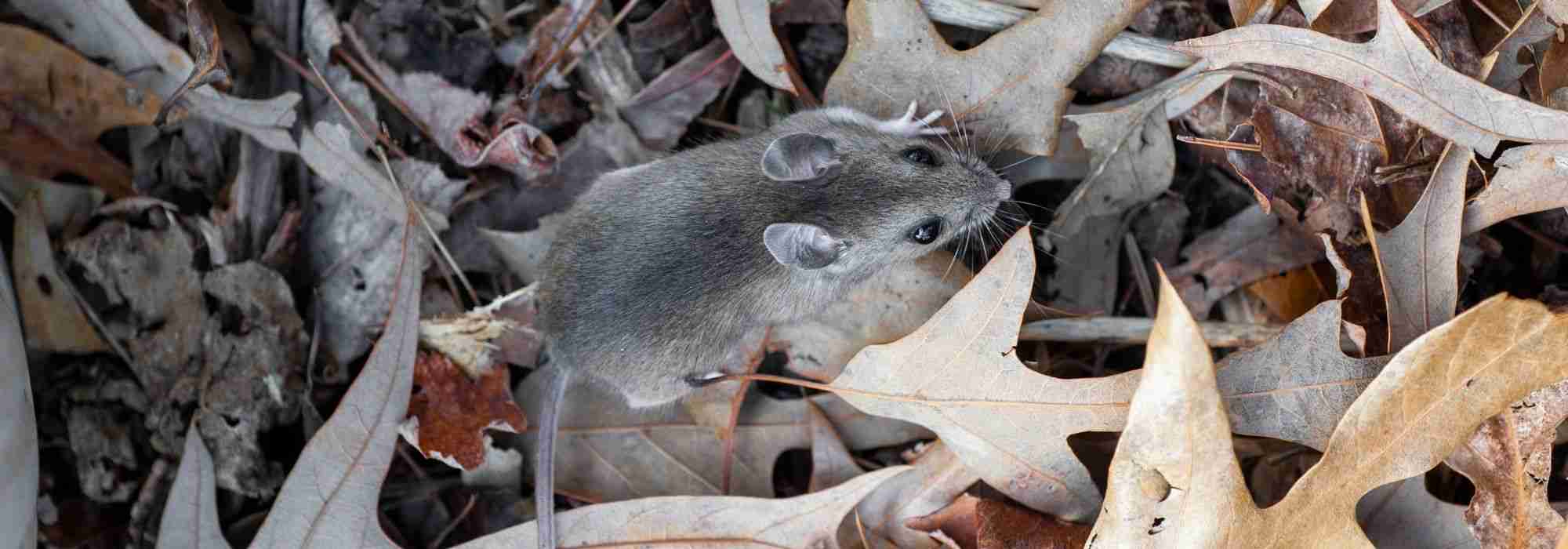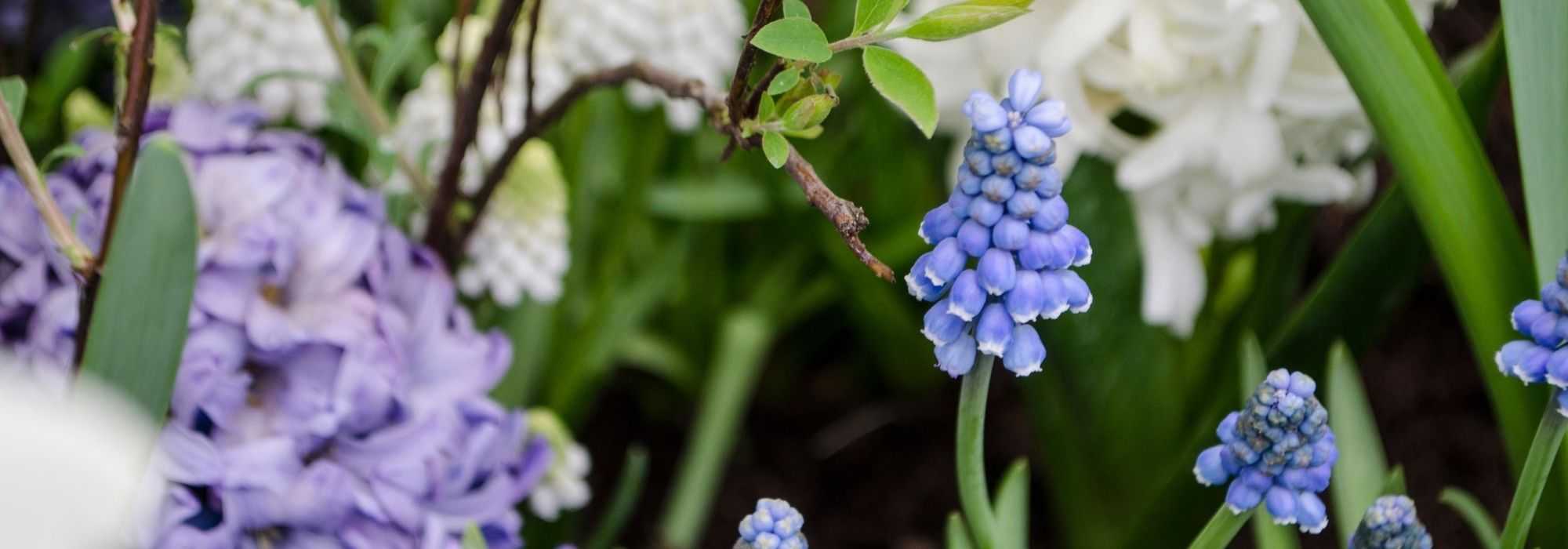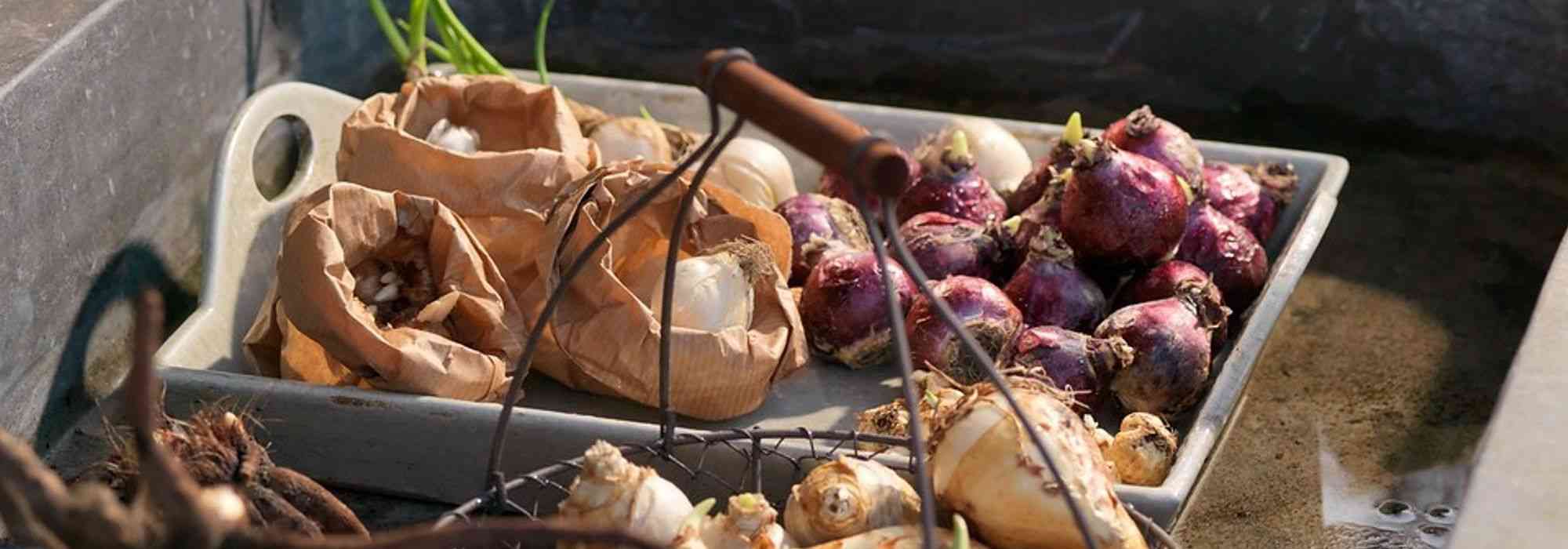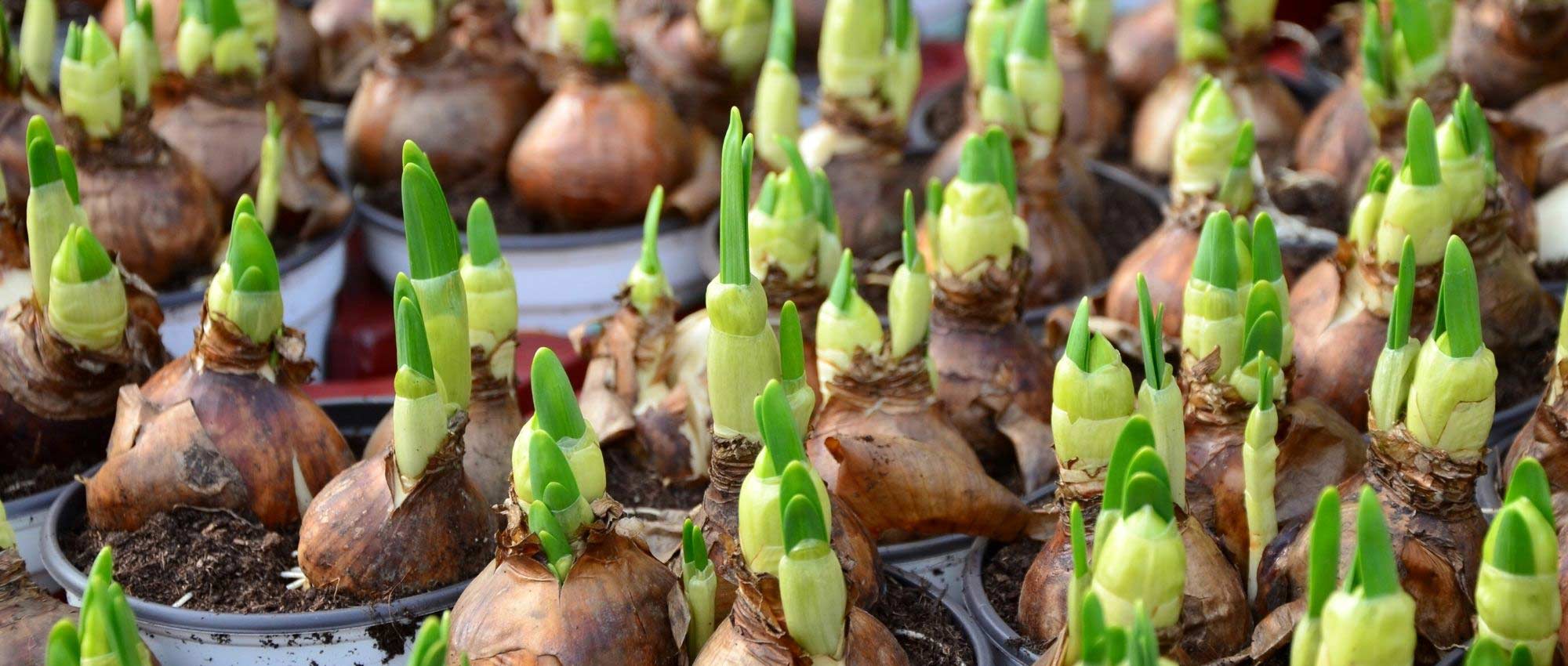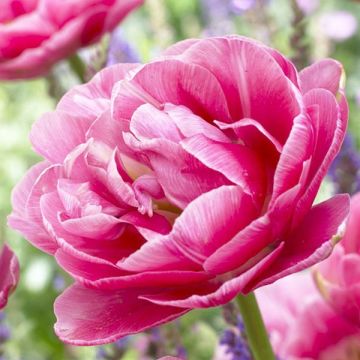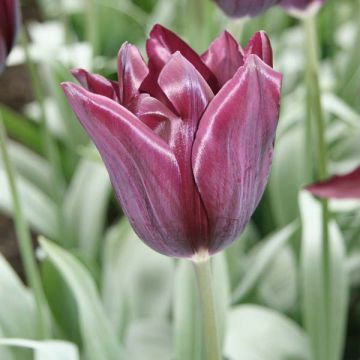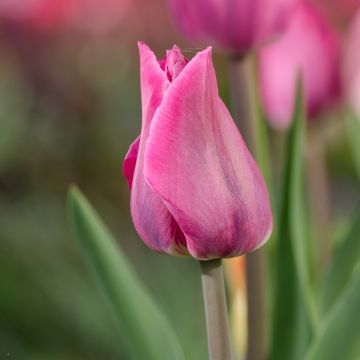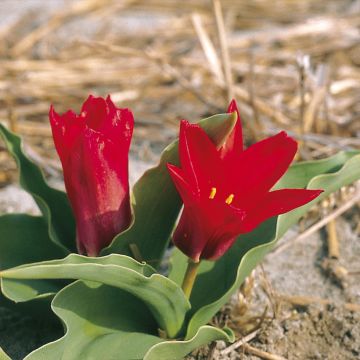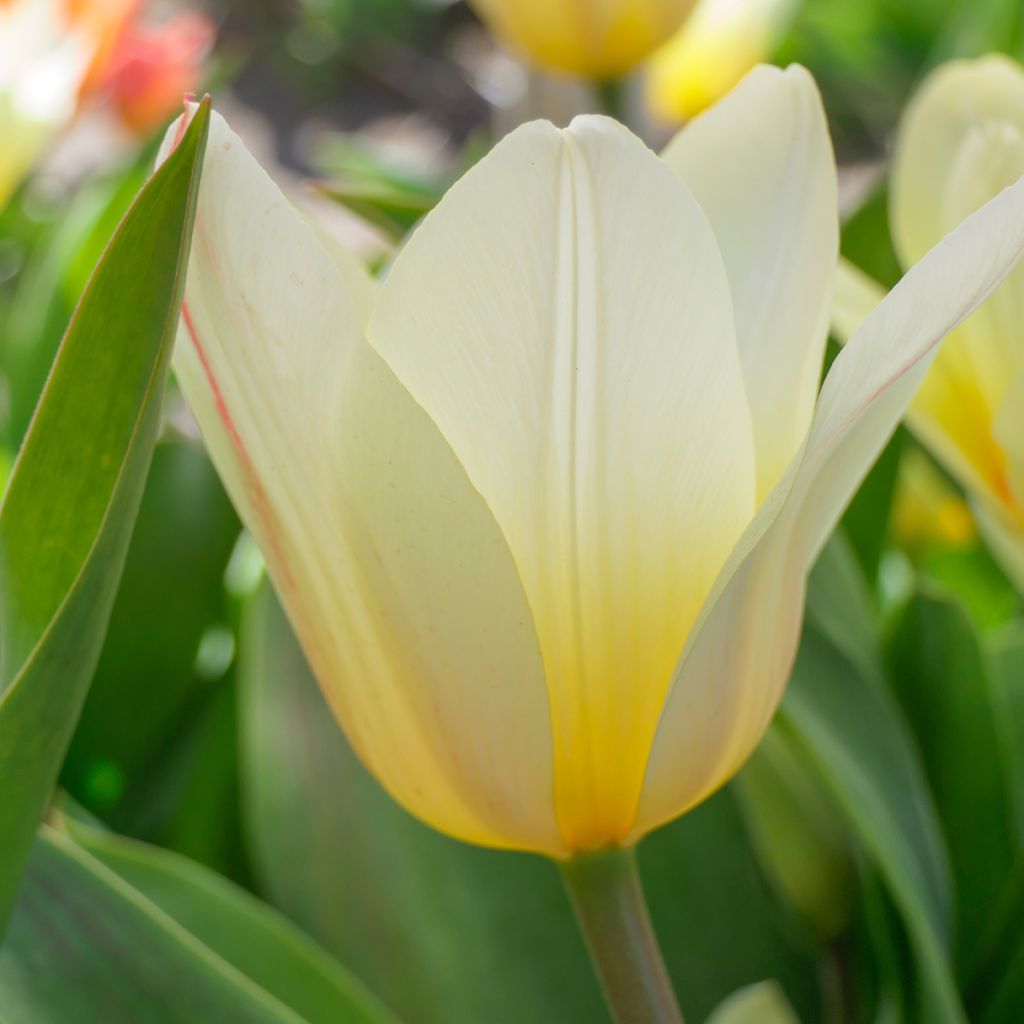

Tulipa White Fire - Tulipe botanique greigii, Tulipe de Greig
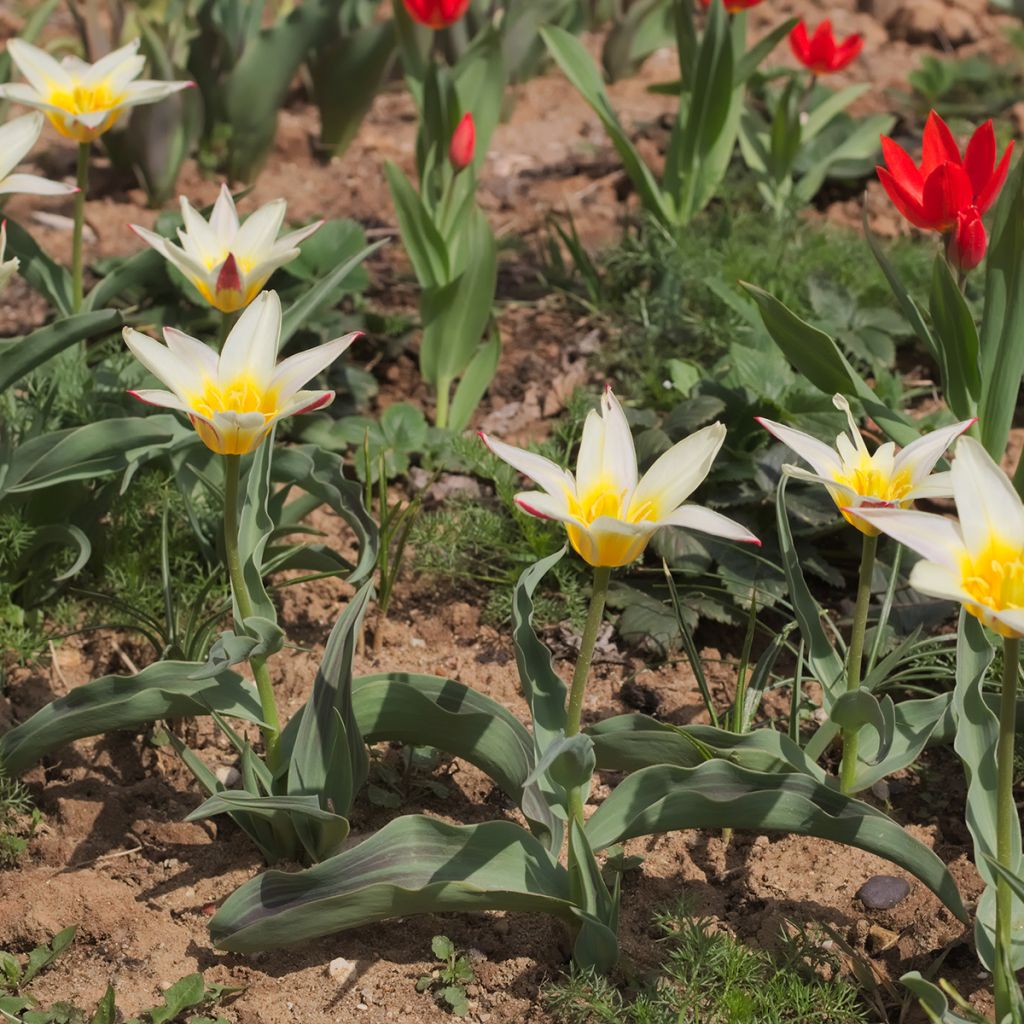

Tulipa White Fire - Tulipe botanique greigii, Tulipe de Greig
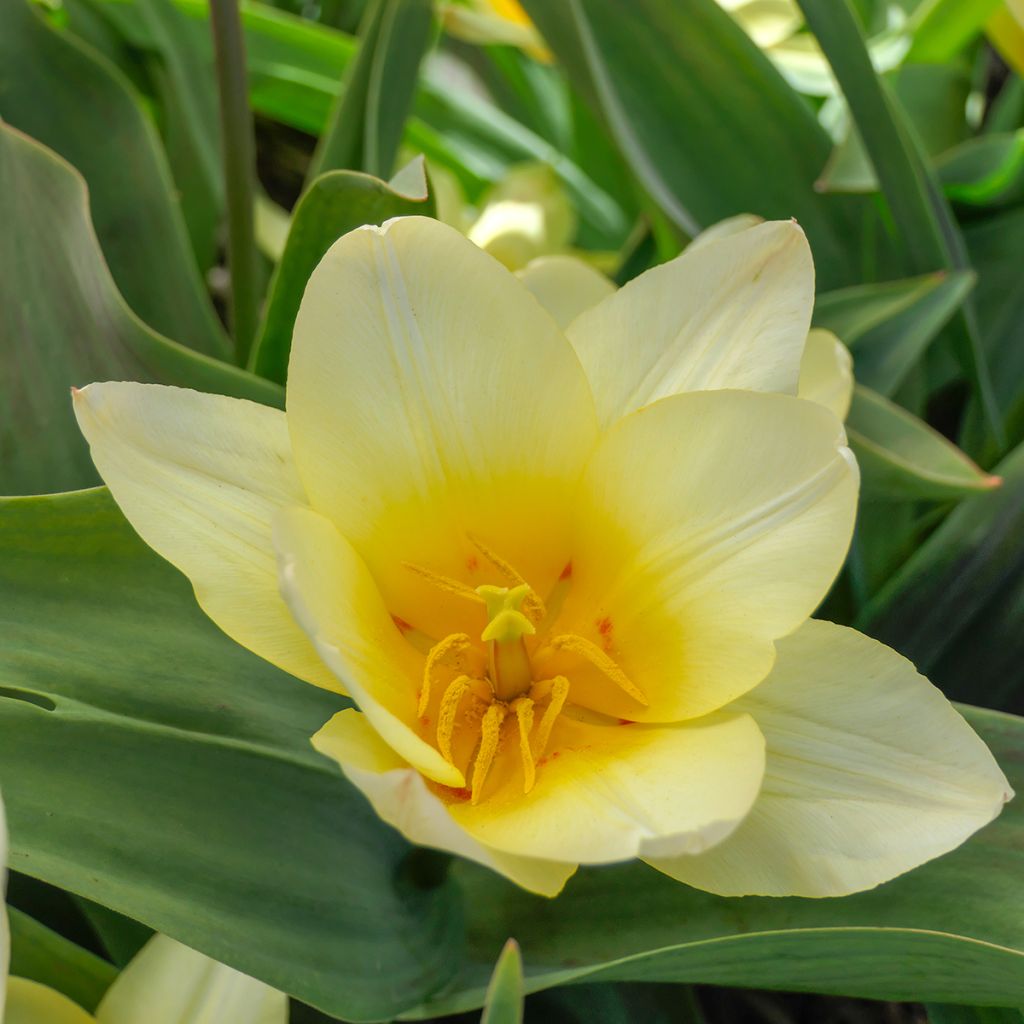

Tulipa White Fire - Tulipe botanique greigii, Tulipe de Greig
Tulipa greigii White Fire
Tulipa White Fire
Greig's tulip, Turkestan tulip
Special offer!
Receive a €20 voucher for any order over €90 (excluding delivery costs, credit notes, and plastic-free options)!
1- Add your favorite plants to your cart.
2- Once you have reached €90, confirm your order (you can even choose the delivery date!).
3- As soon as your order is shipped, you will receive an email containing your voucher code, valid for 3 months (90 days).
Your voucher is unique and can only be used once, for any order with a minimum value of €20, excluding delivery costs.
Can be combined with other current offers, non-divisible and non-refundable.
Home or relay delivery (depending on size and destination)
Schedule delivery date,
and select date in basket
This plant carries a 6 months recovery warranty
More information
We guarantee the quality of our plants for a full growing cycle, and will replace at our expense any plant that fails to recover under normal climatic and planting conditions.
Would this plant suit my garden?
Set up your Plantfit profile →
Description
The Tulipa greigii ‘White Fire’ catches the eye with its large bicoloured cup-shaped flowers featuring a brilliant white base with vivid flame red, borne on short sturdy stems around 25 cm tall. This compact habit variety also stands out for its broad, undulate leaves marbled with purple, decorative from the moment they emerge. Flowering early in spring, it thrives in full sun in well-drained soil. Perfect for rockeries, borders, or containers, it adds a vivid and graphic touch to the garden.
The Greig's tulip ‘White Fire’ is a bulbous plant belonging to the Liliaceae family, classified among the botanical tulips of the Greigii group (division 3). The Tulipa greigii species native to Turkestan, including Kazakhstan, Kyrgyzstan, Uzbekistan and northeastern Iran, is characterised by its variegated foliage striated with purple and early cup-shaped flowering. This tulip has a compact and erect habit, reaching 25–30 cm in height in open ground, with a spread of 10–15 cm. Its spring growth is rapid, typically taking 4 to 6 weeks until flowering, and this variety can naturalise slowly. The cup-shaped flowers (3 petals and 3 sepals) measure up to 10 cm in diameter and open in March–April. With 3 to 5 leaves of 10–20 cm, the deciduous lanceolate foliage disappears after flowering. The stems are sturdy and the roots form a superficial bulbous system, each bulb measurng 4–6 cm in diameter.
The ‘White Fire’ tulip naturally finds its place in sunny rockeries among the silver foliage of dwarf artemisia or in low borders with Muscari ‘Valerie Finnis’, whose sky blue softly contrasts with its yellow heart. In pots, it blooms gracefully, enhanced by white hyacinths or cream pansies. It pairs well with the ‘Cape Town’ tulip, with the ‘Friendly Fire’ for a brighter reflection, or with the botanical tulip ‘Praestans Shogun’ to create a dynamic, joyful, and dense display.
Botanical tulips and their closest hybrids do not deteriorate over time like large-flowered tulips. They naturalise and can remain in place for several years without any special care.
Tulipa greigii White Fire in pictures




Plant habit
Flowering
Foliage
Botanical data
Tulipa
White Fire
Liliaceae
Greig's tulip, Turkestan tulip
Tulipa greigii White Fire
Cultivar or hybrid
Planting and care
Plant the Tulipa greigii 'White Fire' bulbs in autumn, from September to December, at a depth of 10 cm, spacing them 10 cm apart. Planting should be done in ordinary, slightly acidic, neutral, or slightly alkaline, loose, well-worked, and well-drained soil. Never add poorly decomposed manure or compost to the planting soil, as this could cause the bulbs to rot. The tulip will grow well in soil that is dry to cool in summer. It mainly needs water during its growth and flowering period. Position it in a good, sunny exposure for at least part of the day.
After flowering, the foliage becomes faded and unsightly; we recommend planting perennials in the foreground of your beds, their foliage will enhance the colours of your tulips and as the season progresses, they will elegantly conceal their yellowed leaves.
Planting period
Intended location
Care
Planting & care advice
This item has not been reviewed yet - be the first to leave a review about it.
Similar products
Haven't found what you were looking for?
Hardiness is the lowest winter temperature a plant can endure without suffering serious damage or even dying. However, hardiness is affected by location (a sheltered area, such as a patio), protection (winter cover) and soil type (hardiness is improved by well-drained soil).

Photo Sharing Terms & Conditions
In order to encourage gardeners to interact and share their experiences, Promesse de fleurs offers various media enabling content to be uploaded onto its Site - in particular via the ‘Photo sharing’ module.
The User agrees to refrain from:
- Posting any content that is illegal, prejudicial, insulting, racist, inciteful to hatred, revisionist, contrary to public decency, that infringes on privacy or on the privacy rights of third parties, in particular the publicity rights of persons and goods, intellectual property rights, or the right to privacy.
- Submitting content on behalf of a third party;
- Impersonate the identity of a third party and/or publish any personal information about a third party;
In general, the User undertakes to refrain from any unethical behaviour.
All Content (in particular text, comments, files, images, photos, videos, creative works, etc.), which may be subject to property or intellectual property rights, image or other private rights, shall remain the property of the User, subject to the limited rights granted by the terms of the licence granted by Promesse de fleurs as stated below. Users are at liberty to publish or not to publish such Content on the Site, notably via the ‘Photo Sharing’ facility, and accept that this Content shall be made public and freely accessible, notably on the Internet.
Users further acknowledge, undertake to have ,and guarantee that they hold all necessary rights and permissions to publish such material on the Site, in particular with regard to the legislation in force pertaining to any privacy, property, intellectual property, image, or contractual rights, or rights of any other nature. By publishing such Content on the Site, Users acknowledge accepting full liability as publishers of the Content within the meaning of the law, and grant Promesse de fleurs, free of charge, an inclusive, worldwide licence for the said Content for the entire duration of its publication, including all reproduction, representation, up/downloading, displaying, performing, transmission, and storage rights.
Users also grant permission for their name to be linked to the Content and accept that this link may not always be made available.
By engaging in posting material, Users consent to their Content becoming automatically accessible on the Internet, in particular on other sites and/or blogs and/or web pages of the Promesse de fleurs site, including in particular social pages and the Promesse de fleurs catalogue.
Users may secure the removal of entrusted content free of charge by issuing a simple request via our contact form.
The flowering period indicated on our website applies to countries and regions located in USDA zone 8 (France, the United Kingdom, Ireland, the Netherlands, etc.)
It will vary according to where you live:
- In zones 9 to 10 (Italy, Spain, Greece, etc.), flowering will occur about 2 to 4 weeks earlier.
- In zones 6 to 7 (Germany, Poland, Slovenia, and lower mountainous regions), flowering will be delayed by 2 to 3 weeks.
- In zone 5 (Central Europe, Scandinavia), blooming will be delayed by 3 to 5 weeks.
In temperate climates, pruning of spring-flowering shrubs (forsythia, spireas, etc.) should be done just after flowering.
Pruning of summer-flowering shrubs (Indian Lilac, Perovskia, etc.) can be done in winter or spring.
In cold regions as well as with frost-sensitive plants, avoid pruning too early when severe frosts may still occur.
The planting period indicated on our website applies to countries and regions located in USDA zone 8 (France, United Kingdom, Ireland, Netherlands).
It will vary according to where you live:
- In Mediterranean zones (Marseille, Madrid, Milan, etc.), autumn and winter are the best planting periods.
- In continental zones (Strasbourg, Munich, Vienna, etc.), delay planting by 2 to 3 weeks in spring and bring it forward by 2 to 4 weeks in autumn.
- In mountainous regions (the Alps, Pyrenees, Carpathians, etc.), it is best to plant in late spring (May-June) or late summer (August-September).
The harvesting period indicated on our website applies to countries and regions in USDA zone 8 (France, England, Ireland, the Netherlands).
In colder areas (Scandinavia, Poland, Austria...) fruit and vegetable harvests are likely to be delayed by 3-4 weeks.
In warmer areas (Italy, Spain, Greece, etc.), harvesting will probably take place earlier, depending on weather conditions.
The sowing periods indicated on our website apply to countries and regions within USDA Zone 8 (France, UK, Ireland, Netherlands).
In colder areas (Scandinavia, Poland, Austria...), delay any outdoor sowing by 3-4 weeks, or sow under glass.
In warmer climes (Italy, Spain, Greece, etc.), bring outdoor sowing forward by a few weeks.


































